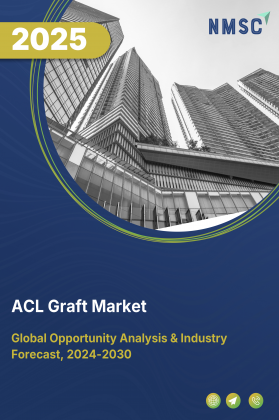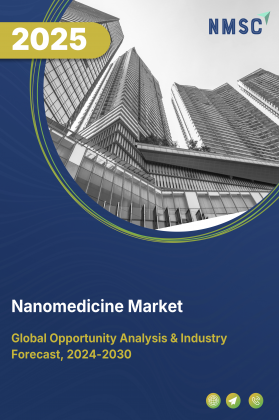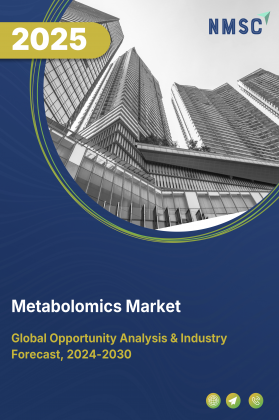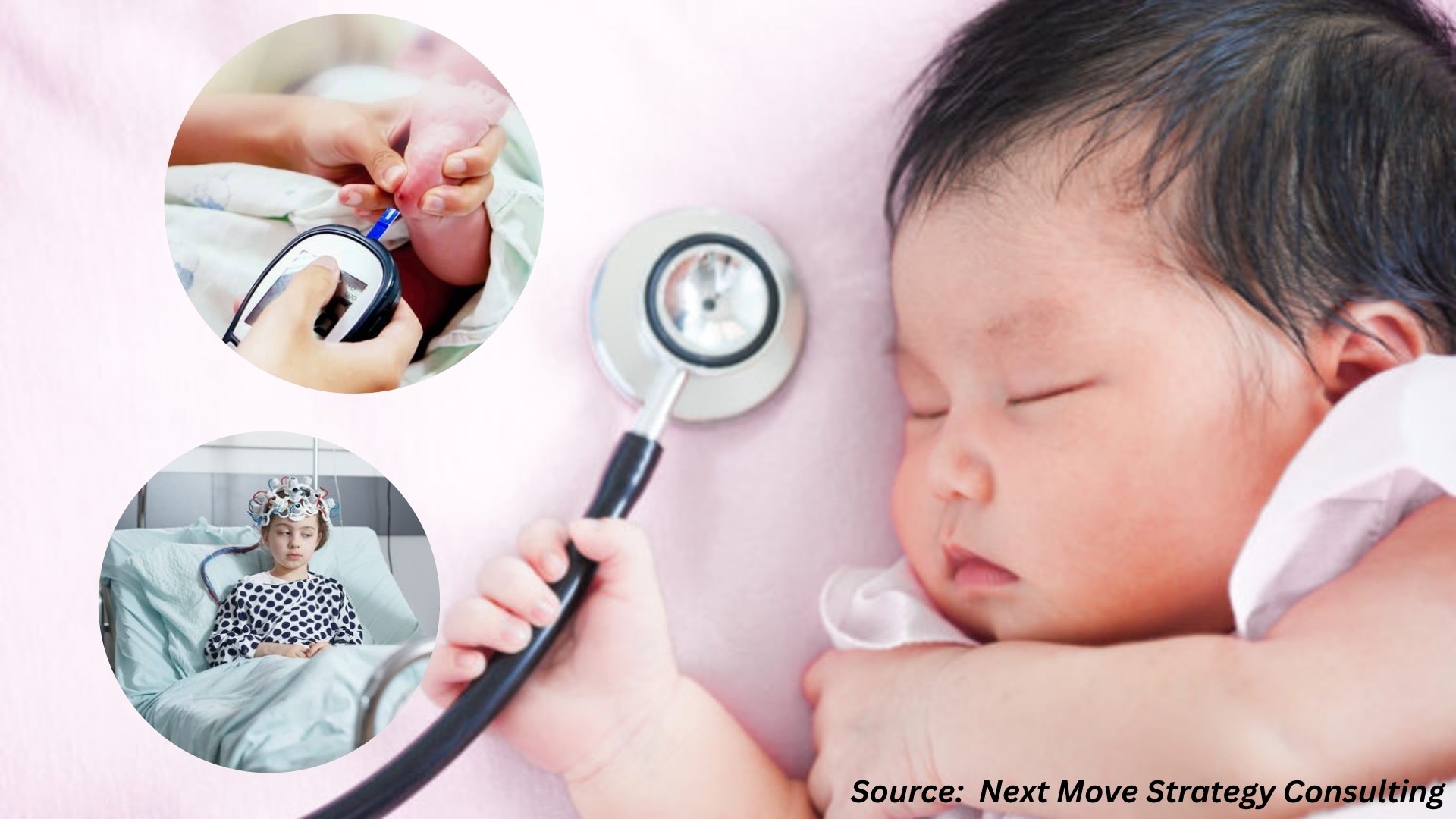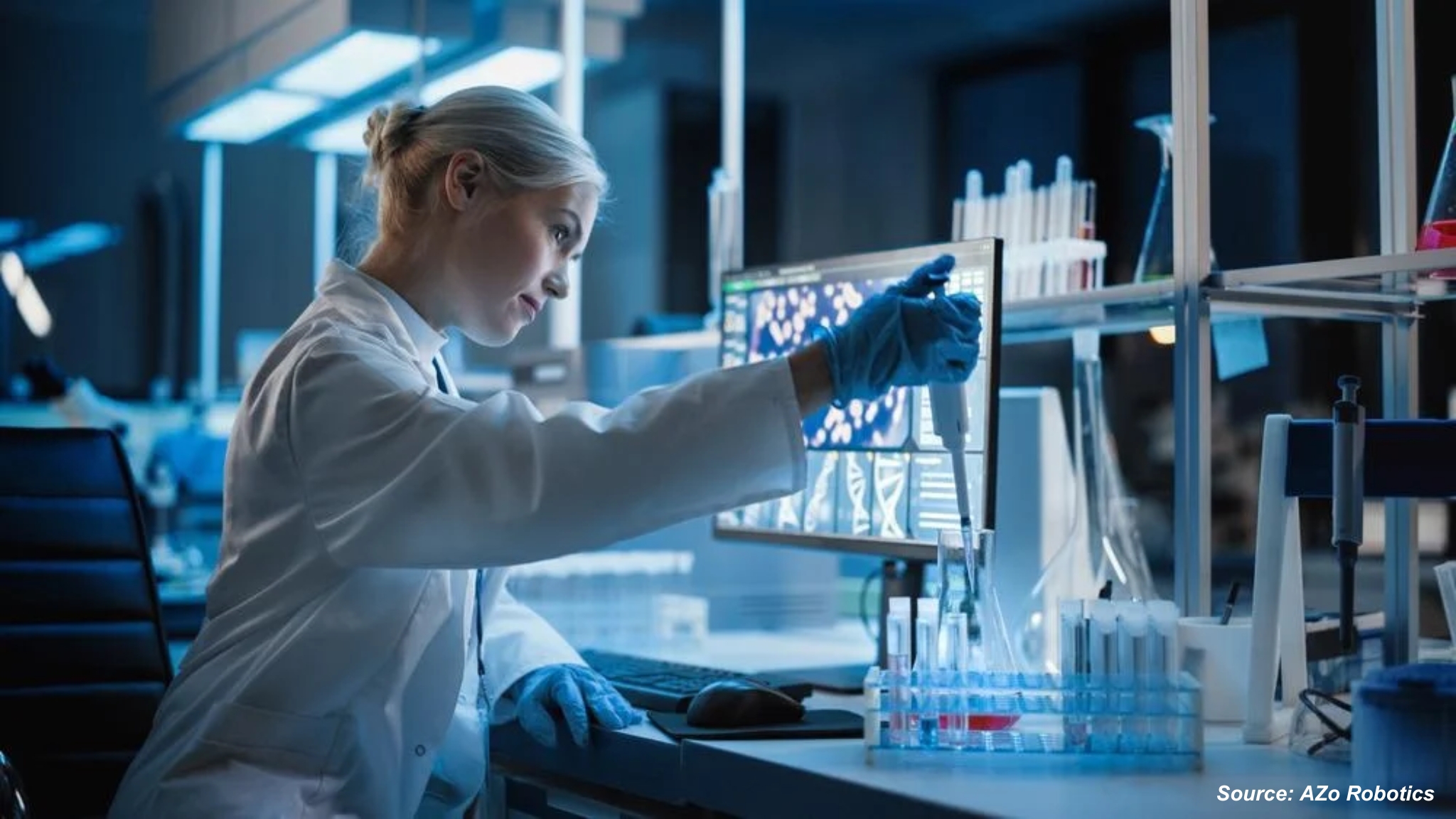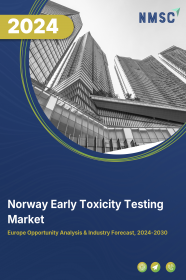
Norway Early Toxicity Testing Market by Technique (In Vivo, In Vitro and In Silico), by Toxicity Endpoint (Genotoxicity, Dermal Toxicity, Skin Toxicity, Ocular Toxicity, Phototoxicity, and Others), and by End-User (Pharmaceutical Industry, Cosmetic Industry, Chemical Industry, Food Industry, and Others) – Opportunity Analysis and Industry Forecast, 2025–2030
Industry: Healthcare | Publish Date: 22-May-2025 | No of Pages: 127 | No. of Tables: 94 | No. of Figures: 51 | Format: PDF | Report Code : HC740
Norway Early Toxicity Testing Industry Overview
The Norway Early Toxicity Testing Market size was valued at USD 41.5 million in 2024, and is predicted to reach USD 82.8 million by 2030, at a CAGR of 12.2% from 2025 to 2030.
The early toxicity testing market in Europe is expanding due to the emergence of pharmaceutical companies and rising investments in research and development. These factors are accelerating demand for accurate and efficient toxicity screening during early-stage drug and chemical development. However, stringent regulatory protocols imposed by European agencies continue to hinder market growth by delaying product approvals.
The integration of advanced technologies such as 3D cell culture models is opening new avenues, offering reliable and ethical alternatives to traditional animal-based testing.
Key players such as Merck KGaA and PerkinElmer, Inc. are actively pursuing strategies like product innovation and cross-border collaborations to enhance their competitive presence and ensure early identification of safety risks. The shift towards in-vitro testing backed by 3D cell models reduces trial risks, shortens development timelines, and ensures compliance with safety regulations, contributing to long-term market growth.
Growing Pharmaceutical Companies Fuel the Market Growth
The expansion of pharmaceutical firms across Europe is a major factor driving demand for early toxicity testing. During the drug development cycle, early detection of potential toxic compounds increases overall drug efficacy and reduces both cost and time associated with product development.
Government efforts to boost domestic pharmaceutical output have resulted in increased application of preclinical testing solutions. As pharmaceutical companies expand their pipelines, the demand for early-stage toxicity assessments is rising significantly, propelling the Norway early toxicity testing market demand.
Rise in R&D Investment Drives Market Growth
Increasing research and development investment is another strong driver for the Norway early toxicity testing market growth. Enhanced R&D funding improves testing techniques, allowing for faster, more accurate evaluation of drug safety profiles. It also supports the creation of novel tools and platforms that optimize testing efficiency.
According to Pharmaprojects, pharmaceutical firms in Norway were involved in the development of 1,014 new drugs and vaccines in 2022. This continuous focus on innovation creates a ripple effect, encouraging broader adoption of early toxicity testing methods across Europe and supporting market expansion.
Stringent Regulations Hamper the Norway Early Toxicity Testing Market Expansion
Despite advancements, strict regulations enforced by agencies such as the European Medicines Agency (EMA) present a significant challenge to the early toxicity testing market. These authorities mandate detailed preclinical and clinical safety assessments before drug approvals, which increases development timelines and costs.
Such delays particularly affect smaller pharmaceutical companies with limited budgets, discouraging them from investing in comprehensive toxicity testing, thereby slowing overall market progress.
Adoption of 3D Cell Culture Technology Offers Growth Opportunity
The adoption of 3D cell culture technologies in in-vitro modeling is expected to create significant growth opportunities for the market. Unlike conventional 2D models, 3D cell cultures more accurately mimic human tissue structure and function, enabling better drug interaction simulations.
These systems improve drug safety forecasting and minimize reliance on animal models, aligning with regulatory trends favoring non-animal testing. This shift enhances reliability, reduces ethical concerns, and accelerates early-stage toxicity screening, thereby supporting faster and safer drug development across the region.
Competitive Landscape
The promising players operating in the Norway early toxicity testing industry includes Merck KGaA, Thermo Fisher Scientific, Eurofins Scientific, PerkinElmer, Inc., Bio-Rad Laboratories, Inc., Bruker Corporation, Bergen Bio, Nordic Nanovector, Bayer AG, Zymeworks, Linical Co. Meditrial, Vitas Analytical Services, and others.
Norway Early Toxicity Testing Market Key Segments
By Technique
-
In Vivo
-
In Vitro
-
Cell Culture
-
PCR
-
ELISA
-
Western Blotting
-
Protein Binding Assays
-
-
In Silico
By Toxicity Endpoint
-
Genotoxicity
-
Dermal Toxicity
-
Skin Toxicity
-
Ocular Toxicity
-
Phototoxicity
-
Others
By End-User
-
Pharmaceutical Industry
-
Cosmetic Industry
-
Chemical Industry
-
Food Industry
-
Others
Key Players
-
Merck KGaA
-
Thermo Fisher Scientific
-
Eurofins Scientific
-
PerkinElmer, Inc.
-
Bio-Rad Laboratories, Inc.
-
Bruker Corporation
-
Bergen Bio
-
Nordic Nanovector
-
Bayer AG
-
Zymeworks
-
Linical Co. Meditrial
-
Vitas Analytical Services
REPORT SCOPE AND SEGMENTATION:
|
Parameters |
Details |
|
Market Size Value in 2024 |
USD 41.5 million |
|
Revenue Forecast in 2030 |
USD 82.8 million |
|
Value Growth Rate |
CAGR of 12.2% from 2025 to 2030 |
|
Analysis Period |
2024–2030 |
|
Base Year Considered |
2024 |
|
Forecast Period |
2025–2030 |
|
Market Size Estimation |
Million (USD) |
|
Growth Factors |
|
|
Companies Profiled |
12 |
|
Market Share |
Available for 10 companies |
|
Customization Scope |
Free customization (equivalent up to 80 working hours of analysts) after purchase. Addition or alteration to country, regional, and segment scope. |
|
Pricing and Purchase Options |
Avail customized purchase options to meet your exact research needs. |




















 Speak to Our Analyst
Speak to Our Analyst



